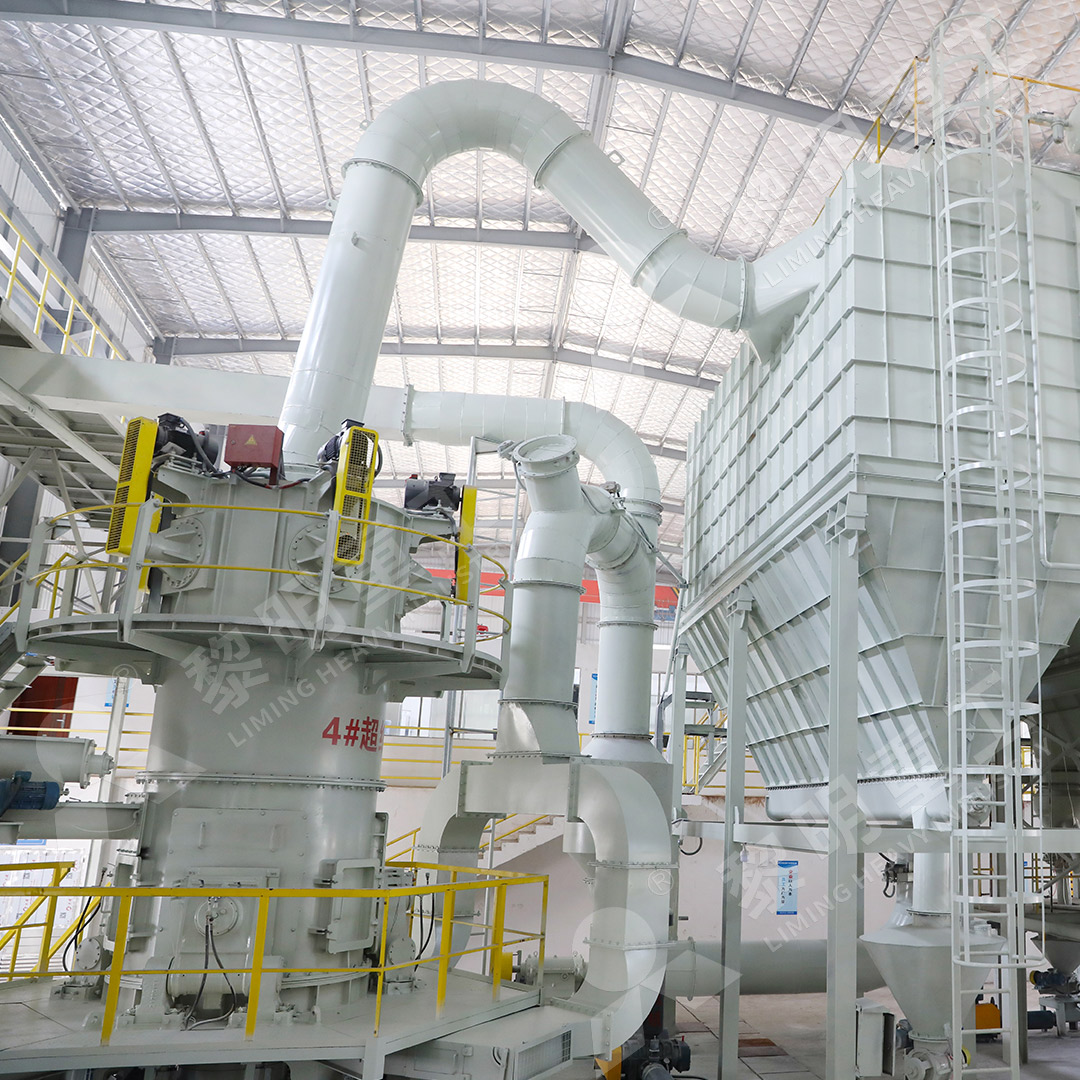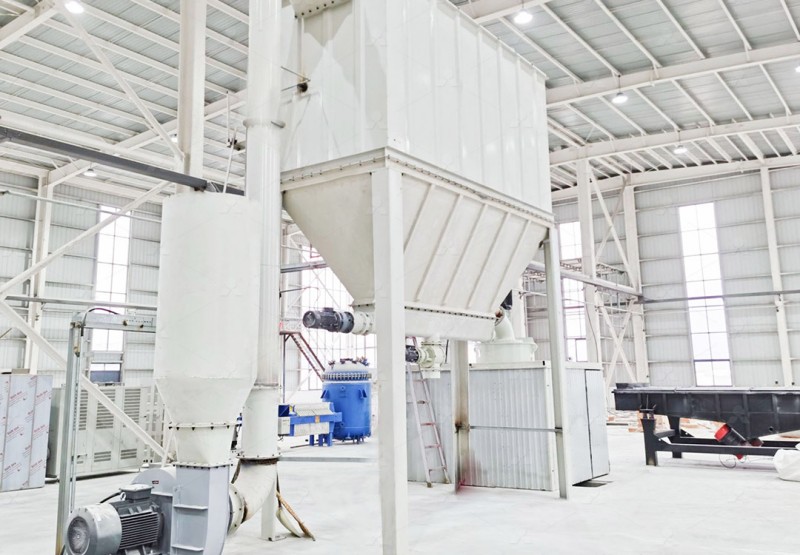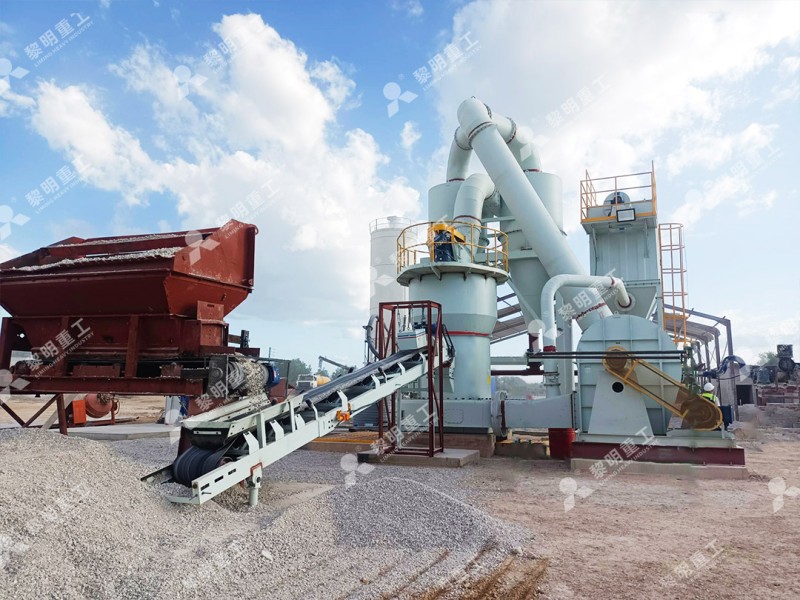Analysis of Particle Size Distribution in Vertical Roller Mill Grinding
Analysis of Particle Size Distribution in Vertical Roller Mill Grinding
In modern mineral processing operations, achieving optimal particle size distribution (PSD) stands as a critical determinant of product quality, process efficiency, and economic viability. Vertical Roller Mills (VRMs) have emerged as the technology of choice across numerous industries due to their superior grinding efficiency and precise control over final product characteristics. Understanding the factors influencing PSD within these mills enables operators to maximize throughput while maintaining consistent product specifications.
The fundamental grinding mechanism in VRMs involves compression and shear forces applied by rotating rollers against a grinding table. This action creates a particle bed where inter-particle comminution occurs, significantly enhancing energy efficiency compared to impact-based grinding systems. The resulting PSD curve typically follows a Rosin-Rammler distribution, characterized by a steep slope indicating narrow size distribution – a highly desirable trait for many industrial applications.

Several operational parameters directly influence PSD outcomes in VRM systems. Grinding pressure, table rotation speed, classifier rotor velocity, and feed rate interact in complex ways to determine the final product fineness. Higher grinding pressures typically produce finer particles but increase energy consumption and wear rates. Classifier speed represents perhaps the most direct control variable for PSD adjustment, with higher rotational velocities yielding finer cuts by increasing the centrifugal forces that reject coarse particles back to the grinding zone.
The feed material characteristics equally impact PSD results. Moisture content, grindability, and initial particle size distribution all contribute to the grinding dynamics. Materials with high moisture often require integrated drying systems to prevent agglomeration and maintain optimal grinding conditions. The abrasiveness of the feed material directly affects wear rates of grinding components, which in turn can cause PSD drift over time as geometric profiles change.
Advanced Solutions for Precision Particle Control
For operations requiring exceptional control over ultrafine powder production, the MW Ultrafine Grinding Mill represents a technological leap forward. With the capability to adjust fineness between 325-2500 meshes and achieve screening rates of d97≤5μm in a single pass, this equipment delivers unparalleled precision in particle size distribution management. The innovative cage-type powder selector, incorporating German technology, ensures high separation accuracy while the absence of rolling bearings and screws in the grinding chamber eliminates common failure points that can disrupt PSD consistency.

Beyond the MW series, the LUM Ultrafine Vertical Grinding Mill offers another sophisticated option for operations demanding tight PSD control. Integrating the latest grinding roller technology with German powder separating expertise, the LUM mill features multi-head powder separating technology that enables rapid switching between different production demands while maintaining precise cut points. The unique roller shell and lining plate grinding curve design promotes stable material layer formation, essential for consistent PSD outcomes.
Modern VRM systems incorporate sophisticated monitoring and control strategies to maintain target PSD. Online particle size analyzers, coupled with advanced process control systems, allow real-time adjustment of operational parameters to compensate for feed variations and wear-induced changes. This closed-loop approach minimizes product quality variations and reduces the need for manual intervention.
Practical Implications of PSD Control
The economic impact of precise PSD control extends beyond product quality considerations. Optimal particle distributions directly influence downstream processes including transportation, mixing efficiency, and reaction rates in chemical applications. In the cement industry, for example, carefully controlled PSD enhances strength development and reduces water demand. For mineral processing operations, liberation characteristics are intimately tied to grinding circuit performance and subsequent separation efficiency.

Regular PSD analysis using techniques such as laser diffraction provides essential feedback for process optimization. By correlating operational parameters with resulting size distributions, operators can develop robust models that predict PSD outcomes under varying conditions. This knowledge enables proactive adjustments rather than reactive responses to quality deviations.
Frequently Asked Questions
What is the most important factor affecting particle size distribution in vertical roller mills?
While multiple factors interact, classifier speed typically provides the most direct control over PSD. However, the optimal setting depends on the specific material characteristics and target fineness, requiring a holistic approach to parameter optimization.
How does the MW Ultrafine Grinding Mill achieve such precise particle size control?
The MW mill incorporates an advanced cage-type powder selector with German technology that enables high-precision separation. The multi-head design allows configuration according to specific yield, fineness, and sieving rate requirements, while the optimized grinding curve enhances classification efficiency.
What maintenance considerations impact PSD consistency over time?
Wear on grinding components gradually changes the grinding geometry, which can cause PSD drift. The MW Ultrafine Grinding Mill addresses this through its unique design that eliminates rolling bearings and screws in the grinding chamber, reducing maintenance-related disruptions to particle size distribution.
Can vertical roller mills handle variations in feed material characteristics?
Modern VRMs like the LUM series incorporate sophisticated control systems that can compensate for certain feed variations. However, significant changes in moisture, hardness, or size distribution may require parameter adjustments to maintain target PSD.
